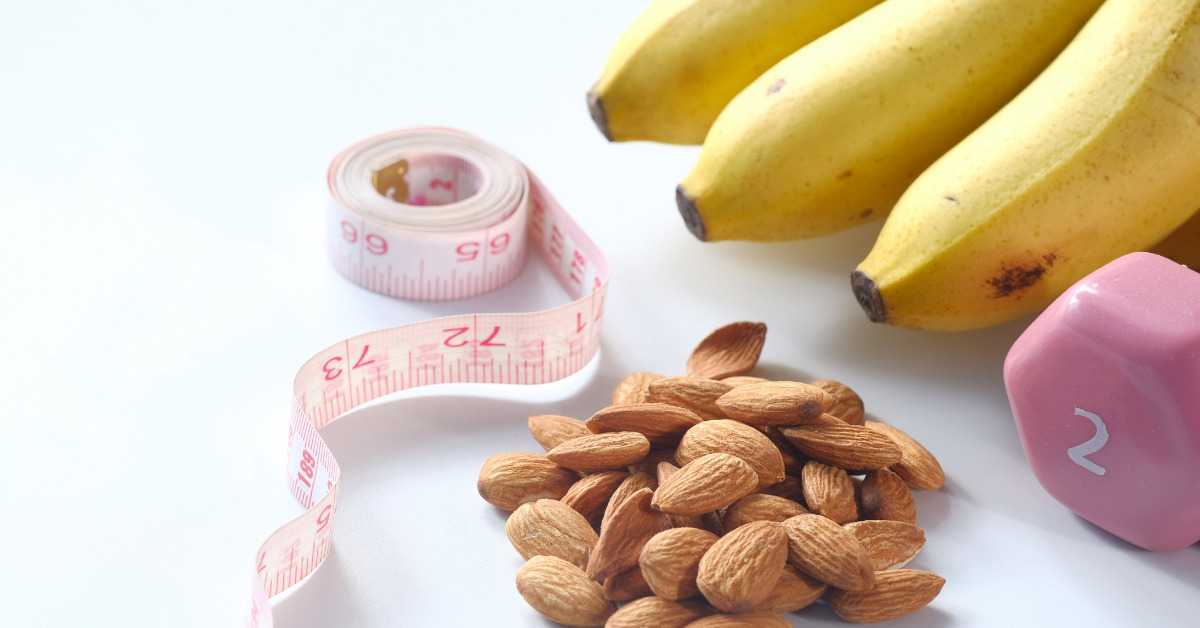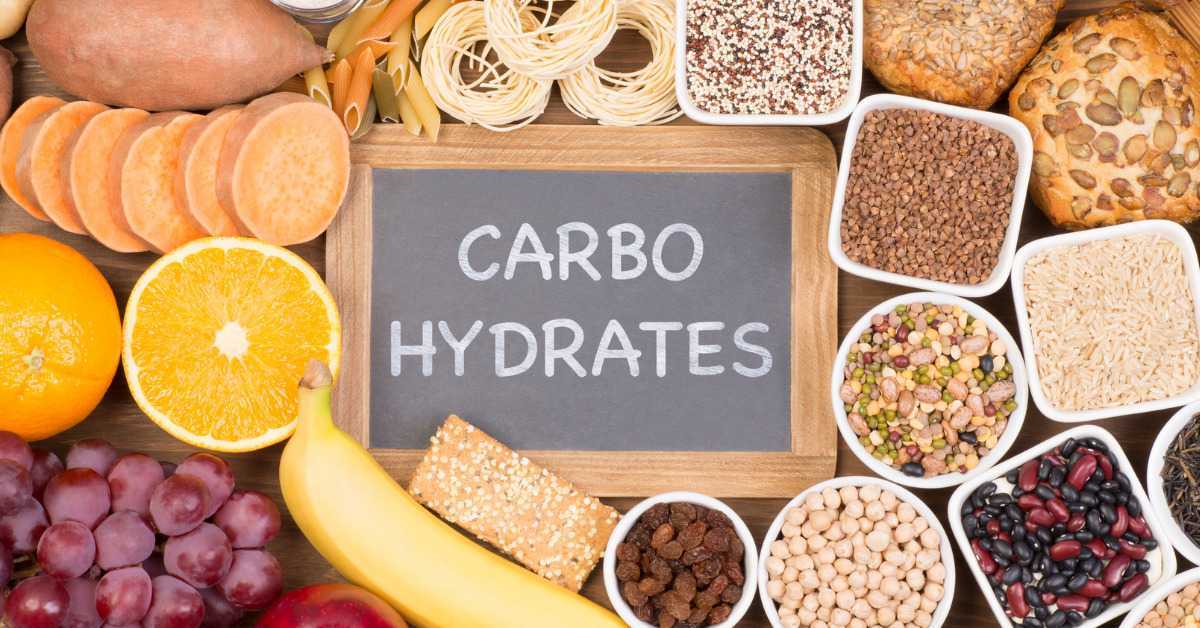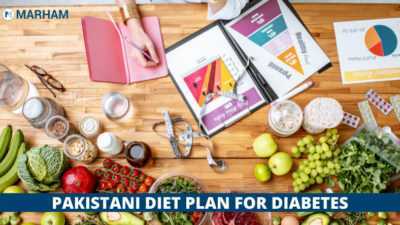Many of the staple foods in the Pakistani diet are healthy. There are numerous nutrient-dense options, ranging from fresh mango to lentils to cauliflower. Deep-fried foods, high-fat foods, and refined flour, on the other hand, are common and should be avoided.
If you have diabetes, you can work with your healthcare team to create a personalized plan. Exercise, a meal plan, blood sugar monitoring, and possibly medication will all be part of it. This article will focus on the Pakistani Diet Plan for Gestational Diabetes, dietary changes that you can make, and will explain which of your favorite traditional foods fit into a healthy diet and which should be avoided in order to help you manage diabetes.
What is Type 2 Diabetes, and how does it affect you?
Diabetes is a disease which the pancreas does not produce enough insulin or the body does not properly use insulin. Insulin is a hormone that the pancreas produces. Insulin assists in the transport of sugar (glucose) from your blood to your cells, where it is used for energy. When you have diabetes, your body’s cells don’t get enough glucose, so it builds up in your bloodstream. High blood glucose (or blood sugar) can cause problems with the heart, kidneys, vision, and blood vessels.


Who is more likely to develop Diabetes?
People of North Indian and Pakistani descent, for example, have a higher risk of developing diabetes in Canada. Insulin function is influenced by a number of genes. Diabetes is more likely if you have these genes. These genes are frequently found in high-risk populations, such as people of North Indian or Pakistani ancestry.
When to Eat and What to Eat?
To keep your blood sugar levels stable if you have diabetes, you should eat every 4 to 6 hours. Try to take 3 meals a day at regular intervals, as well as healthy snacks when you’re hungry. At least three of the four food groups are represented in a balanced meal:
- Vegetables and Fruit
- Milk and Alternatives
- Grain Products
- Meat and Alternatives
You can create a personalised meal plan with the help of a Registered Dietitian. A healthy meal plan might look something like this pakistani diet plan for diabetics:
Breakfast:
- 12 cup savoury chutney
- 12 cup papaya
- 1 cup chai (tea, no sugar) with skim milk
- 1 baked parantha (preferably whole wheat)

Lunch:
- 1 cup cholay (curried chickpeas)
- 12 cup rice (brown rice preferred)
- 12 cup cauliflower or broccoli
- 1 orange
- 1 cup tea, coffee, or water
Snack:
- 1 whole wheat roti or chapati with 2 tablespoons hummus
- 12 cup berries
Dinner:
- 2 and a 12 oz. Tandoori chicken
- 12 oz. whole wheat naan
- 1 cup cooked spinach
- 12 oz. rice (try brown rice)
- 1 cup salad with 1 tbsp. oil-based salad dressing
Snack:
- 1 cup lassi (mango lassi) (made with low fat yogurt)
- Mango lassi from the store can contain up to 4 teaspoons of sugar per cup. Enjoy the natural sweetness of mango by making your own with only fruit.
- Alternatively, a sweetener or herbs and spices can be used.
Choosing Healthy Fats
Healthy fats should be included in your diet in addition to the four food groups. People with diabetes are more likely to develop heart disease, so choosing healthier fats is crucial. Healthy fats can be found in the following foods:


- Oils (olive, canola, and sunflower)
- Nuts
- Seeds
- Avocado
- Oily fish (salmon, for example)
Saturated fats such as ghee, butter, cream, lard, shortening, and palm oil should be avoided. Choose lean meat, skinless poultry, and low-fat milk products to reduce saturated fat. Consult experts for more information. Cooking methods that are low in fat include baking, broiling, barbecuing, and roasting. Limit foods that are high in fat such as:
- Desserts
- Pakoras
- Samosas
- Namkeen
- Gathia
- Potato chips
- Bhujia
- Chivda
- Sev
- Pani puri
- Bhelpuri
Choosing Carbohydrates
Carbohydrates are starchy, sugary, and fibrous foods. It’s crucial to pay attention to the type and amount of carbohydrates you consume, as well as when you consume them. A meal with too much carbohydrate can cause your blood sugar to spike. Your personal meal plan will include the appropriate carbohydrate levels for you.
Choose more high-fibre foods if you have diabetes. Soluble fibre is a type of fibre that may help control blood sugar levels. High-fibre foods to try include:
- Cauliflower, okra (Bhindi), eggplant (Brinjal/Baingan), bitter melon (Karela), spinach, potato, corn, sweet potato, broccoli, and carrots are examples of vegetables.
- Fruit: apple, banana, berries, mango, papaya, pineapple, guava, lychees, melon, pomegranate
- Grains: whole wheat, millet, or brown rice roti, chapati, rice, dalia, poha, and missi roti
- Legumes: rajmah, channa dal, chole, matar, moong dal, tuvar dal, and urad dal
- Nuts and seeds: almonds, cashews, and pistachios


The majority of these foods are high in fat and sugar. They have the potential to raise your blood sugar levels dangerously high. Consult your dietitian about diet plan for diabetic patient and the types and amounts of sweet foods you can include in your diet.
In Conclusion
You can still eat your favourite foods by making minor changes to traditional recipes. Follow your personal meal plan to help manage your blood sugar levels. Increase your intake of high-fiber foods and the right kinds of fats. For further information and detailed diet plan you can book an appointment now, to answer all your queries with the top nutritionists in Pakistan through Marham by calling at Marham helpline: 0311-1222398 or by online booking facility through the website or Marham mobile app.
Can’t Find The App?
| Android | IOS |
|---|---|
  |
  |
FAQ’s
1. If I have gestational diabetes, what can I eat for breakfast?
Image result for Pakistani Gestational Diabetes Diet Plan
The majority of dietitians and hospital dietary information will recommend one of the following breakfasts for gestational diabetes: Weetabix, All-Bran Flakes, Shreddies, Shredded Wheat, Granola, No Sugar Added Muesli is oat porridge with semi-skimmed or skimmed milk.
2. Is it safe to eat bananas while pregnant?
Bananas are a safe and nutritious fruit to eat in moderation as part of a balanced, individualized diet plan for people with diabetes. Fresh, plant-based foods, such as fruits and vegetables, should be included in a diabetic’s diet. Bananas are a good source of nutrition without adding a lot of calories.
3. Is it safe for me to drink milk if I have gestational diabetes?
Water is the best option (and you’ll need more water anyway during pregnancy), but low-fat milk is also a good choice.

